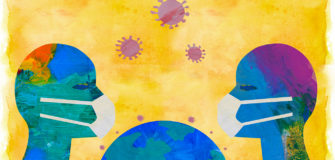The old saying ‘prevention is better than cure’ has gained more significance as we see the fear of the Corona Virus take hold around the world. It is now more important to have a rock-solid intervention and model in place as it has overwhelmed many health systems and taken many more lives than predicted. Therefore, when prevention as the first line of defence does not work with an infectious disease like COVID we need an Intervention Strategy. In hopes that we can save some of our resources by quickly identifying and isolating the spread. Therefore, I present a simple model for prevention and intervention that we know works, using the rule of three to allow for an easy to remember method. Using three W’s for Prevention and three T’s for Intervention. Let us look at these two components of the model a little closer.
 3 W’s of COVID Prevention
3 W’s of COVID Prevention
1. Wear – Wear A Mask
We ‘Wear A Mask’ as COVID has shown that many people who are infected are asymptomatic and not showing signs wearing a mask is critical. Not only does it reduce airborne particles being released but also reduces surface contamination that can last for an extended period on various types of surfaces as well as could reduce the chance of infection by reducing the particles of infectious air you could breathe in since we know COVID airborne particles stay airborne for about 7 minutes. We know the Corona Virus can be airborne just from an infected person talking. Therefore, a mask is a excellent source control measure, and is readily avaible in chemist and stores.
What mask do I wear?
· Remember some control measure in place is better than having nothing covering the mouth and nose.
· A cloth mask will slow the spread from you to another. May be also effective to protect you to a certain level.
· A surgical or procedure mask provides a degree of protection to you and others, and is more effective if you and the other person you are in close proximity of has the mask on.
· Filtering facepiece respirators (FFR), commonly known as a N95 (KN95) but also as a P2 (FFP2) in Australia all can be expected to function very similarly to one another. These mask will protect you if fitted properly and the emphasis is on the fitting of this mask.
2. Watch – Watch Your Distance
We ‘Watch Your Distance’ or what is referred to as social distancing of at least 1.5 meters because this is the average spread distance of COVID as an airborne containment, if someone coughs or sneezes if they lack a source control such as a mask, elbow etc. Therefore, it reduces the chance of you having been directly infected and allows you to change your direction if you witness coughing or sneezing. However, we know there is still a possibility that you could breathe infectious air in and not knowing it based on the infectious particles (droplets) being airborne for about 7 minutes.
How to keep your social distancing?
· Follow the instructions strictly of any near authority.
· Do not mash in groups/crowd.
· Stay away at least 1.5 meters, best practice says 6 feet (1.83 m) which is approximately 2 arms’ length from other people.
· Stay away at least 1.5 meters away even when you are wearing a mask.
· Change your shopping habits and use the online/delivery option if available.
· Work from home when possible.
· Use personal transport instead of public transport when possible.
3. Wash – Wash Your Hands
We ‘Wash Our Hands’ because hand washing with soap removes the virus from hands and kills it as does the use of hand sanitisers. This helps prevent infections because: People frequently touch their eyes, nose, and mouth without even realizing it. The Corona Virus gets into the body through the eyes, nose and mouth. We know that the vector for this is by an infected person through airborne and a surface transmission. We know in some cases Corona can stay on a surface for days and you can be exposed to it through touching these services days after an infected person has been to the same common area you have.
How to wash your hands properly.
· Wash your hands constantly
· Use the sanitizer or soap and clean your hand for at least 20 seconds.
· Use air or disposable products instead of a towel to dry them.
· Wait and let them dry thoroughly.
Note: you can use 60% alcohol-based hand rub in case if you don’t have access to water.
It is important that you implement as many of these preventative strategies as possible. Each strategy serves a purpose and if you implement all three of these preventative measures it greatly reduces the chances of the virus spreading. Therefore reduces your chances as a individual to become infected or infect another.
3 T’s of COVID Intervention
1. Test – Test for the Virus
“We have no further message to any country but: test, test and test.” It is said by the Director General of the World Health Orgainsation (Doctor Tedrus Ghebrayesus) We ‘Test for the Virus’ to detect the virus in potential carriers. This is being done at various locations across Australia. If you have any of these symptoms you should be tested: fever or respiratory symptoms such as coughing, sore throat or shortness of breath. People with mild symptoms can still spread the virus. To help stop the resurgence and spread of COVID-19, get tested. Even if you do not have symptoms and want a piece of mind, get tested. If you have been exposed to someone who tested positive for the Corona Virus you will be tested also. Also, in Australia care works are asking to be tested periodically to reduce the risk to vulnerable populations.
Kind of test:
currently there are two types of tests are available for COVID-19: Antibody test and a Viral test.
· The doctor will recommend a viral test if you haven’t clear yet and have a current infection.
· If you have cleared symptoms then an antibody test will inform you if you have already infection.
Note: There are strong chances may an antibody test not be able to declare if you have recently infection, cause a minimum takes 1-3 weeks after infection to make antibodies.
2. Track – Track the Source
We ‘Track the Source’ to identify the source of the infection. To identify a known or unknown source to help identify the spread during a community contact. To allow for quick identification of potential hot spots to reduce the spread in hopes of preventing a large-scale outbreak.
How to track the Corona source immediately?
· In tracking the source, public health staff should work with patients to recall whom he/she has met recently during the time-frame while they may have been infected.
· Public health staff then should warn and force them to have a corona test either to confirm the virus as soon as possible.
· The infected person should be educated by a particular staff of corona. They will support him to understand the risk, what should he/she has to do to save himself and others.
3. Trace – Trace those Exposed
We ‘Trace those Exposed’ through contact tracing either manually or electronically. The purpose of tracing close contacts is to try to identify those at a higher risk of infection from you. To eliminate and or reduce further spread of the disease. Many would know that Australia has built the COVIDSafe App for people to voluntarily download onto their phones. This is not to eliminate manual tracing but assist the tracers in identifying other people you may not know or forgot about. As well as to speed up the notification process to quickly get on top of the spread.
We know if we have excellent prevention in place, we will need minimal intervention. Therefore, reducing the need for treatment and allowing our hospitals and health system being overwhelmed. This is even more important for us than many other parts of the world as we are entering our flu season that traditionally places an extra burden on our health system.
Do your part, remember the 3 W’s and 3 T’s and adhere to them. I am sure if you were going out into the sun you would: Slip on a shirt, slop on sunscreen and slap on a hat, Slip, Slop, Slap! So why not; Wear A Mask, Watch Your Distancing and Wash Your Hands to protect yourself and others and slow down the spread. Let us hope you will be spared from having to do any Intervention as a result of good.
References
2019 (COVID-19). (2020). Retrieved 21 May 2020, from https://www.cdc.gov/coronavirus/2019-ncov/prevent-getting-sick/social- distancing.html
WHO | Clean hands protect against infection. (2020). Retrieved 21 May 2020, from https://www.who.int/gpsc/clean_hands_protection/en/
(2020). Retrieved 21 May 2020, from https://www-cnet-com.cdn.ampproject.org/v/s/www.cnet.com/google-amp/news
(2020). Retrieved 21 May 2020, from https://www-zdnet-com.cdn.ampproject.org/v/s/www.zdnet.com/google-amp
NPR Choice page. (2020). Retrieved 21 May 2020, from https://www.npr.org/sections/goatsandsoda/2020/03/30
3M Science Applied to Life. (2020). Retrieved 22 May 2020, from https://multimedia.3m.com/mws/media/1791500O/comparison-ffp2-kn95-n95-filtering-facepiece-respirator-classes-tb.pdf
SCMP Health/Environment . (2020). Retrieved 22 May 2020, from https://www.scmp.com/news/hong-kong/health-environment/article/3084779/coronavirus-hamster-research-proof-effectiveness?
Turbulent Gas Clouds and Respiratory Pathogen EmissionsPotential Implications for Reducing Transmission of COVID-19 (2020). Retrieved 22 May 2020, from https://jamanetwork.com/journals/jama/fullarticle/2763852
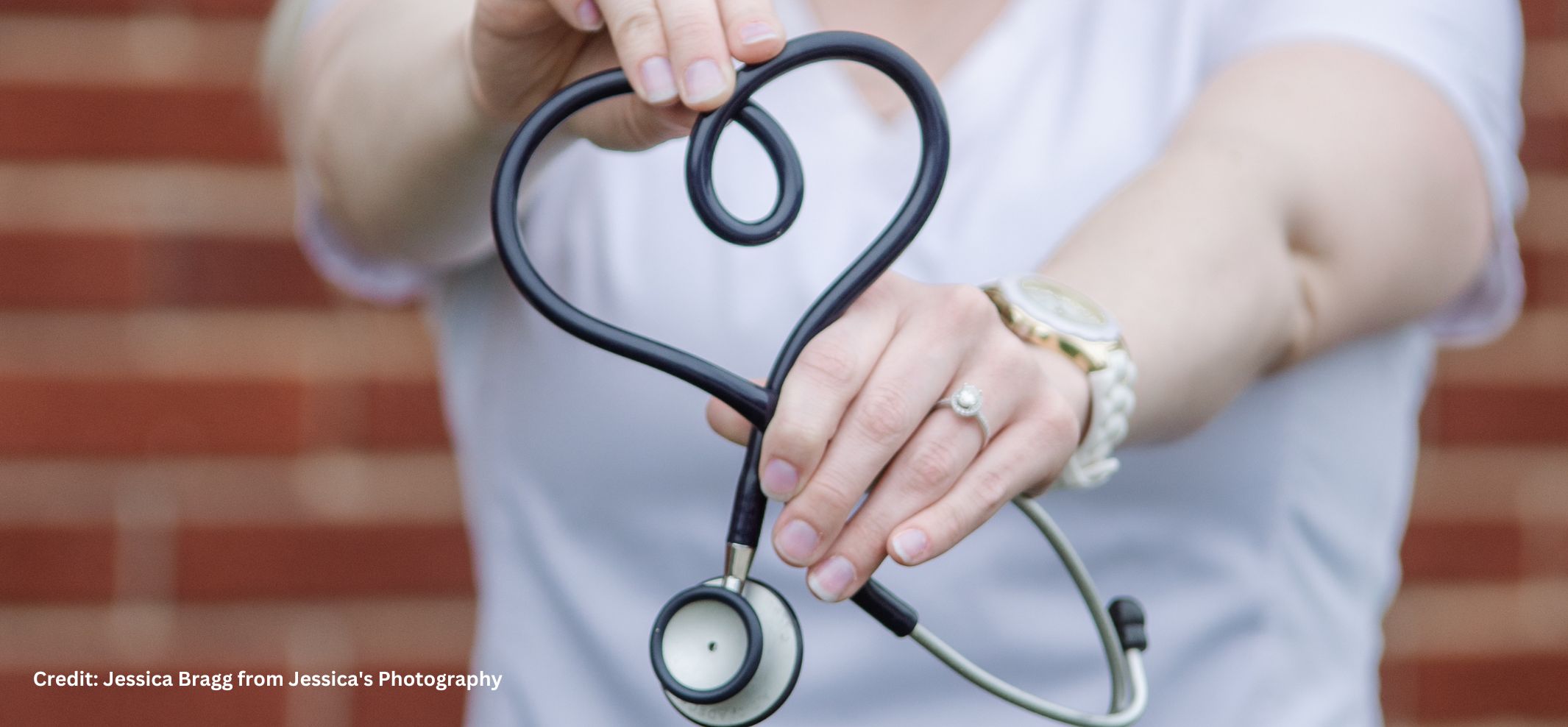

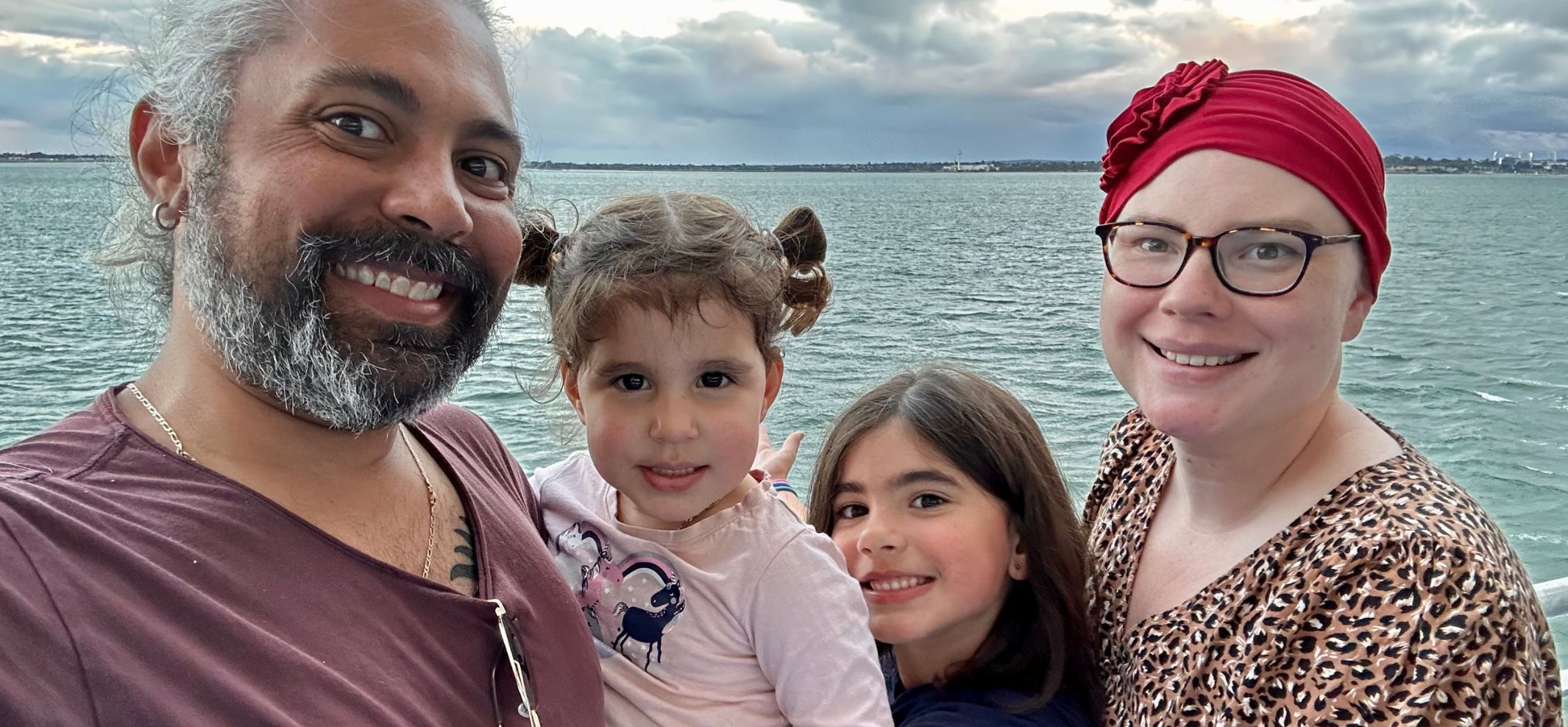

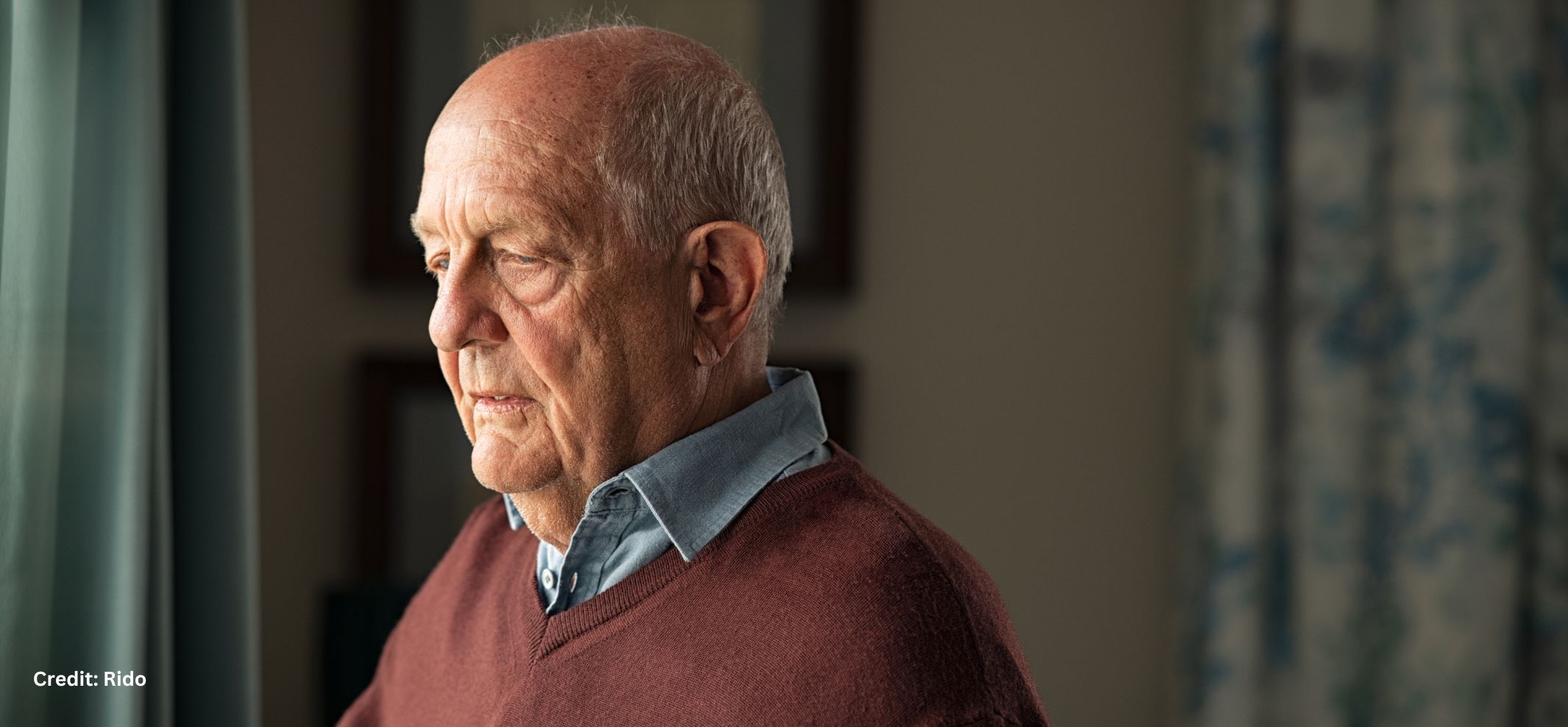


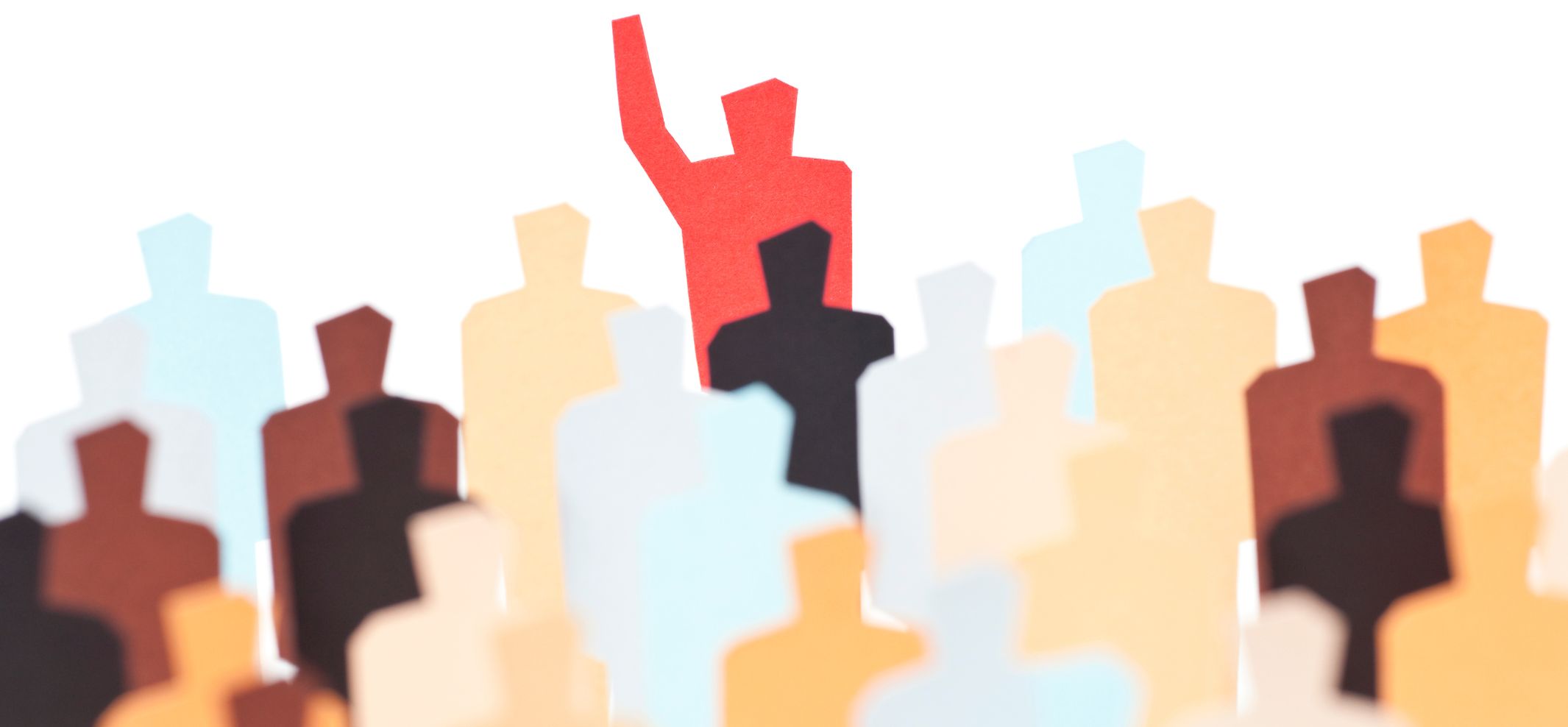



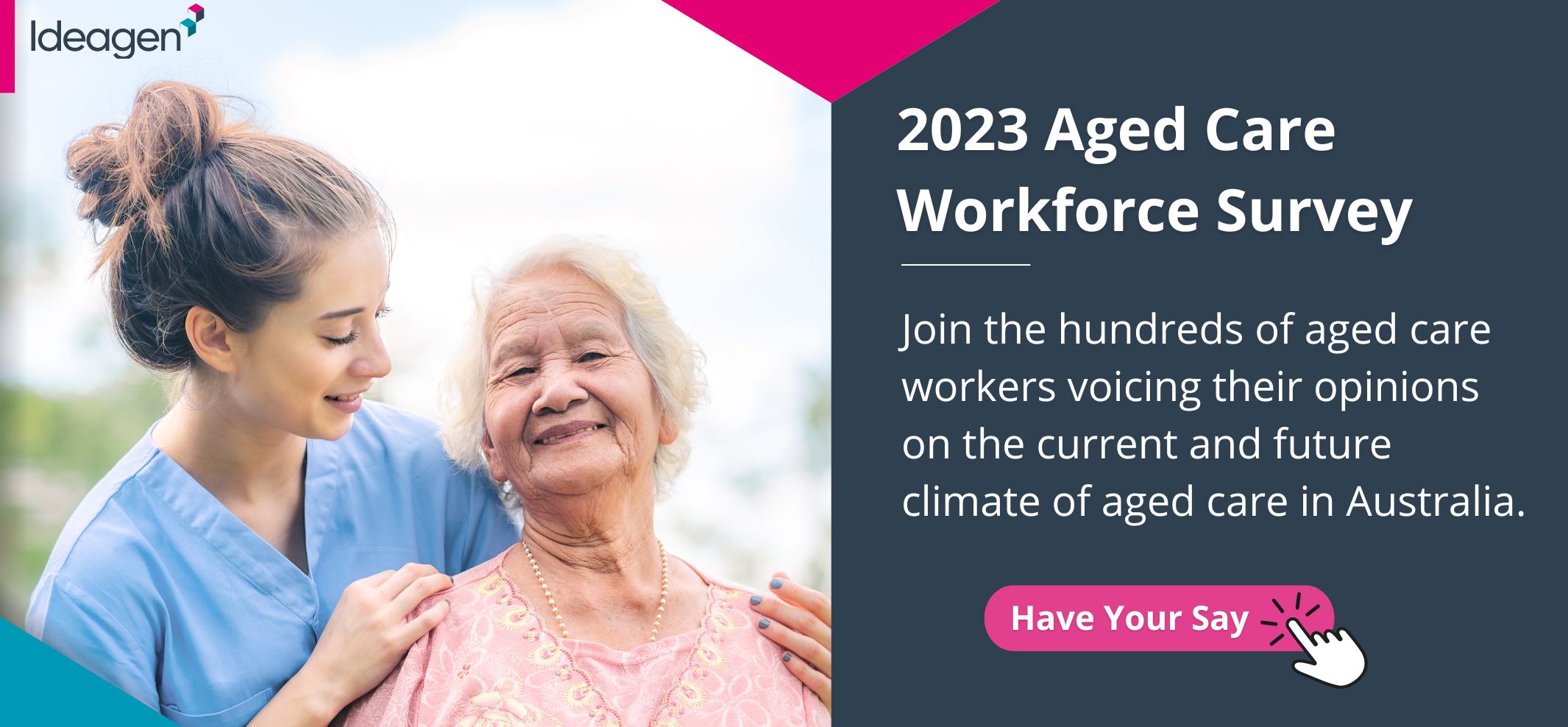
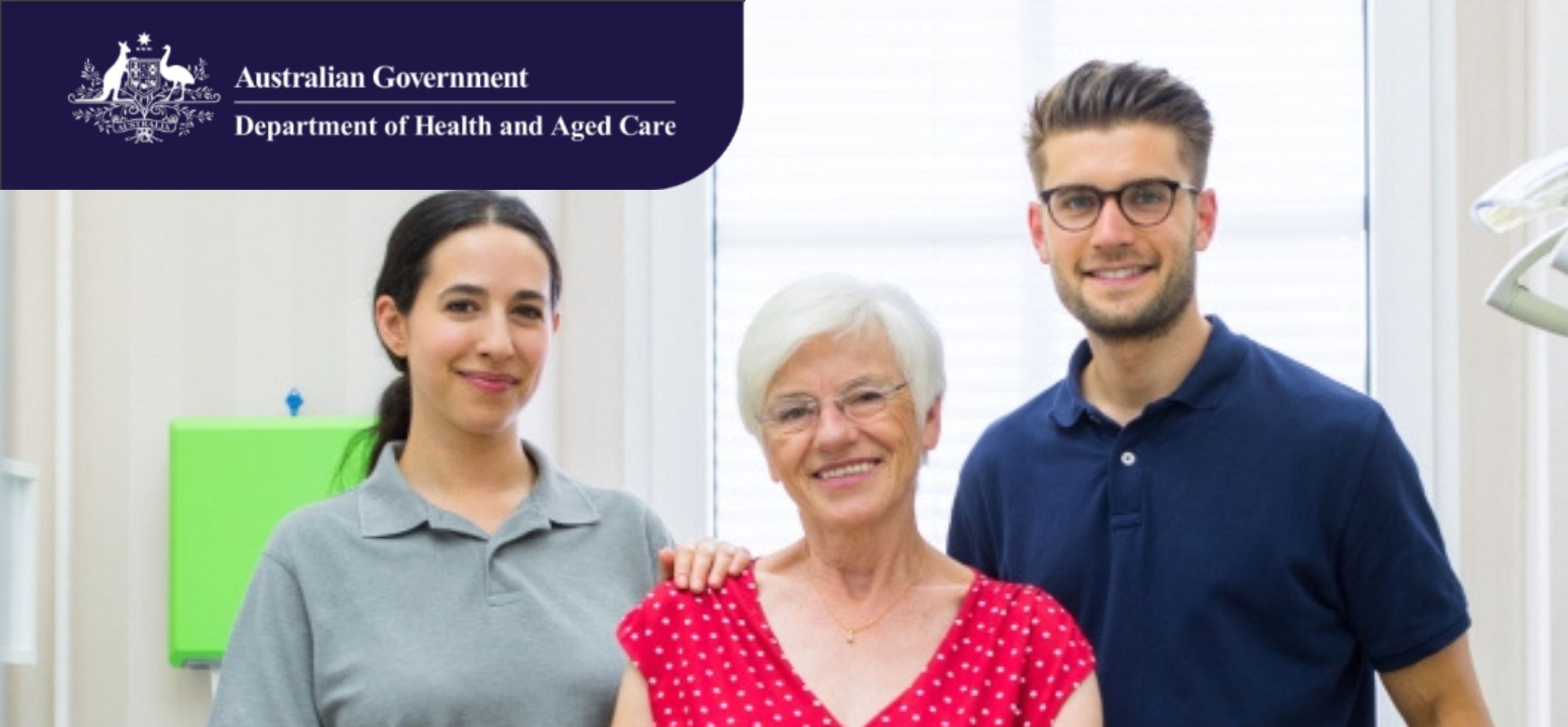






 3 W’s of COVID Prevention
3 W’s of COVID Prevention








